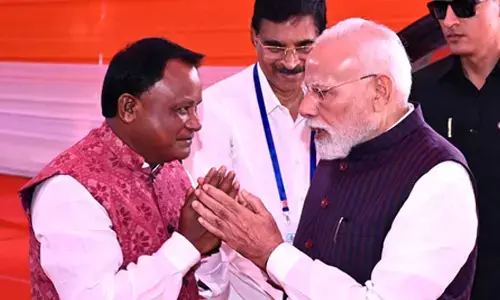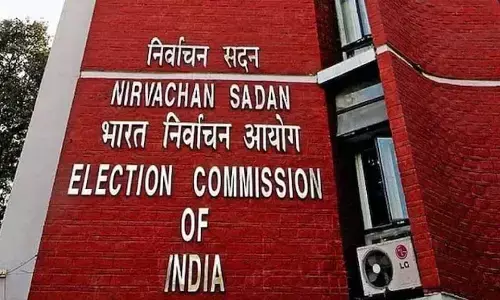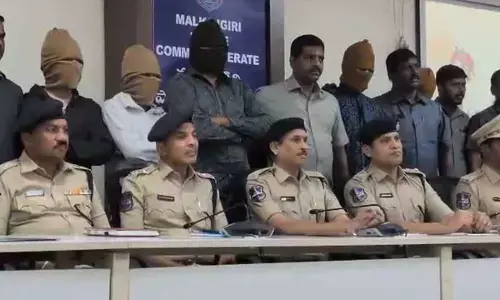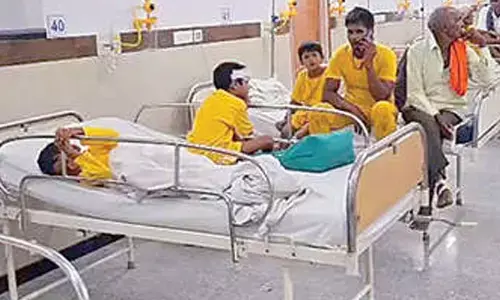Coronavirus: Lockdown to knockdown

In the modern times, the Covid-19 pandemic had shaken the entire world.
In the modern times, the Covid-19 pandemic had shaken the entire world. Despite significant progress made in several fields, collective human endeavours still fall short of handling this challenge.
In addition to exposing ill preparedness of international institutions to tackle this sort of biological disasters, this pandemic had also shattered the myth about the capacities of developed countries. They seem to be equally helpless and vulnerable as anyone else.
In order to tackle Covid-19 situation, most of the countries are following a three tiered cluster containment approach namely; a) Geographic quarantine with a containment zone surrounded by a buffer zone, b) Isolation of individuals who are ill and suspected or confirmed of Covid-19, and c) hospitalisation of serious cases in makeshift or permanent facilities exclusively designated for this purpose.
As of now there is no approved specific drug or vaccine for cure or prevention of Covid-19, certain pharmaceutical and non-pharmaceutical interventions are the main stay for containment.
Social distancing measures and personal hygiene are other key interventions to rapidly curtail the community transmission.
However, enormity of the corona infected cases had overwhelmed the public health care infrastructure across the globe, and it will take some more time for them to come to terms with this health emergency.
In order to prevent further spread of this virus, a lockdown (complete to partial) approach had been followed by various States in our country.
This includes restrictions on gatherings, home confinement, work from home, stoppage of public transport systems, closure of schools, colleges, public places and other nonessential establishments etc.
In order to break the chain of transmission of virus, a one day Janata Curfew on 22 March,2020 was observed. This was followed by a three week (21 March to 15 April 2020) nationwide lockdown enforced by various States in different manner.
Although the lockdown had affected everyone across the spectrum, its impact on citizens engaged in unorganised sector, migrant labour, domestic helps and daily wage earners had been disproportionate. So the next question is what should be India's strategy post 15 April.
Let us now talk some numbers. Due to paucity of scientific data on community studies, there is skewed inclination towards cases requiring hospitalisation. However, we can depend on a couple of recent international studies on this subject.
As per the study of Johns Hopkins University, there are about 125 to 200 million (12.5 to 20 crore) people likely to get affected by Covid-19 and 1 to 2.5 million (10 to 25 lakh) as per three different scenarios, will need hospitalisation in India.
In another study, it is suggested that among the affected population about 81% of the cases will be mild (both symptomatic and asymptomatic), 14% require hospitalisation and 5% require ventilator and critical care management.
Combining the sum and substance of the risk assessment in both the studies, it is very easy to infer that our medical and health institutions (both in public and private sectors) will fall woefully short of surge capacity as and when it happens.
Identification of public buildings and conversion of railway coaches as makeshift isolation facilities are welcome steps. But have we identified medical and paramedical resources and other logistic arrangements required at these facilities?
The outcome will solely depend on effective implementation of the action plans at the national, state and local levels that will decide the final morbidity or mortality.
Before concluding, I would like to quote a recent study by Morgan Stanley Research indicating projected timeline and milestones for a return to work in the USA.
The study has brought into fore two disturbing facts. Firstly, return to work is possible in the USA only in September / October and secondly and more disturbing is potential second wave of infections from mid-November this year to March 2021.
As of now, the corona positive cases and deaths, currently reported in India are lesser in numbers in comparison to rest of the world, but peak of new/total infected cases is yet to arrive.
We should not have any sense of complacency as the real full scale war against COVID-19 is yet to begin in the country.
India will do good to follow two pronged strategy namely; extend further and enforce effectively lockdown period without giving any break; and step up efforts by opening war chest to provide relief to all needy persons in the country. That will ensure lockdown to knockdown of Covid-19.
(The writer is former Chief Secretary of Telangana)














